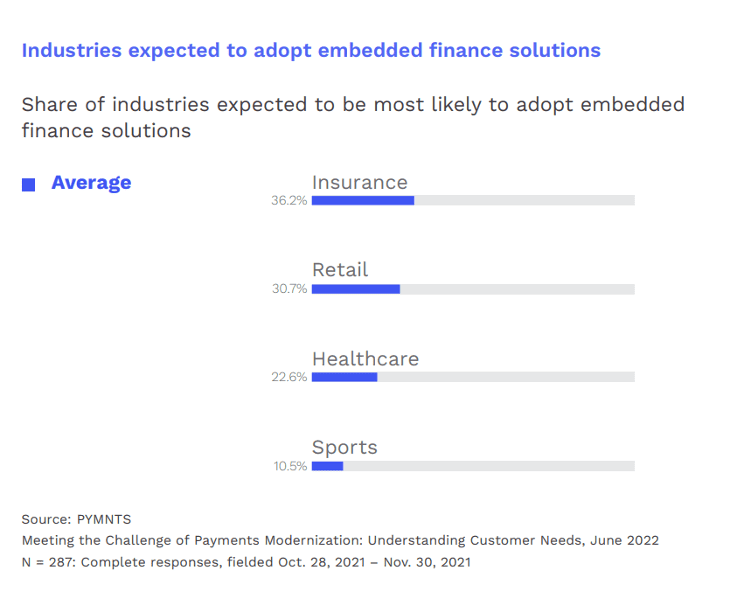
As consumers struggle to pay for essentials, a long-used retail solution could help patients get much-needed care.
Even before inflation took hold of consumer’s wallets, leading some to skip essential bills, medical debt and default were a major concern, representing 57% of U.S. consumer credit report collections. This second-most common reason for personal bankruptcy has caused consumers earning less than $50,000 per year to engage less with healthcare providers due to associated costs. As well, high costs have caused 46% of patients to cancel their healthcare appointments in the year previous to being surveyed, among those who had done so for any reason other than their condition improving.
Clearly, these factors reveal a crisis in the making, if not already brewing. There are multiple options to assist patients who have trouble paying a time of service, including specialized buy now, pay later (BNPL) lines of credit such as CareCredit or Sunbit. Another starting to gain traction is embedded finance options when it comes to healthcare bills. This need among patients for payment help may be one reason why, as noted in March’s PYMNTS collaboration with Galileo, “The Embedded Finance Tracker®,” the healthcare industry is poised to adopt embedded finance.

Embedded finance is a tool used in retail for decades, in which non-banking entities such as department stores, groceries or airlines use banking tools such as private-label credit cards or lending in their commercial products. Other sectors are considering the tool in recent years as a site or platform integration. This is often accomplish through utilizing FinTech-offered innovations such as digital wallets or BNPL platforms that aren’t necessarily backed by traditional FIs. Popular examples of this include Lyft’s debit card for drivers and Ulta’s partnership with Klarna.
Calls for the kinds of payment plans embedded finance for healthcare might provide are being driven by younger generations and lower-income patients. Millennials are the age cohort most likely to have used a payment plan for healthcare bills, with 11% doing so for both expected and unexpected bills, along with 13% of paycheck-to-paycheck consumers with issues paying their bills doing the same. For some patients, payment plan options could factor in their decision into choosing providers.
Last year, Bond Financial Technologies along with Texas Medical Center and its Tanaflow health tech unit announced a partnership to create payments solution Bond Treasury. Using Bond Treasury to embed financial services into its applications, the medical center which encompasses 21 hospitals and treats 10 million patients annually, hopes to save time and money.
Serving the broader healthcare sector, last November PayZen raised $220 million in fresh funding as it seeks to expand its patient financing offerings, as well as scale its operations and product development. San Francisco-based PayZen launched in 2021, with the aim of allowing hospitals to increase collections while making healthcare more affordable by offering patients zero-interest, fee-free loans. The previous August, PayZen signed agreement with the Iowa Hospital Association to serve as the preferred patient financing provider for the association’s 117 hospitals and 17 health systems.
With patients needing more help with their bills than ever, providers may consider embedded finance tools as an option to both administer medical care and the tools to finance these services.